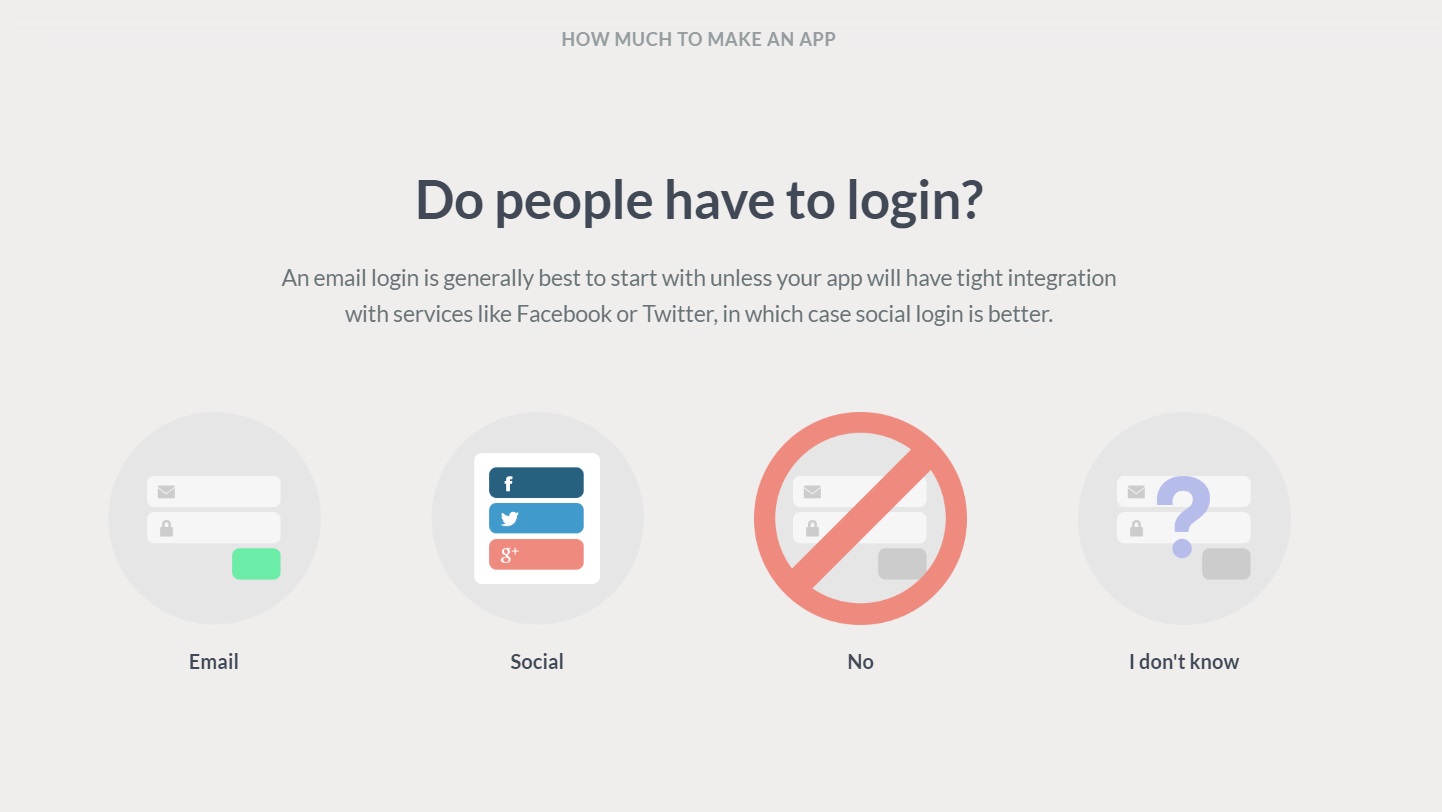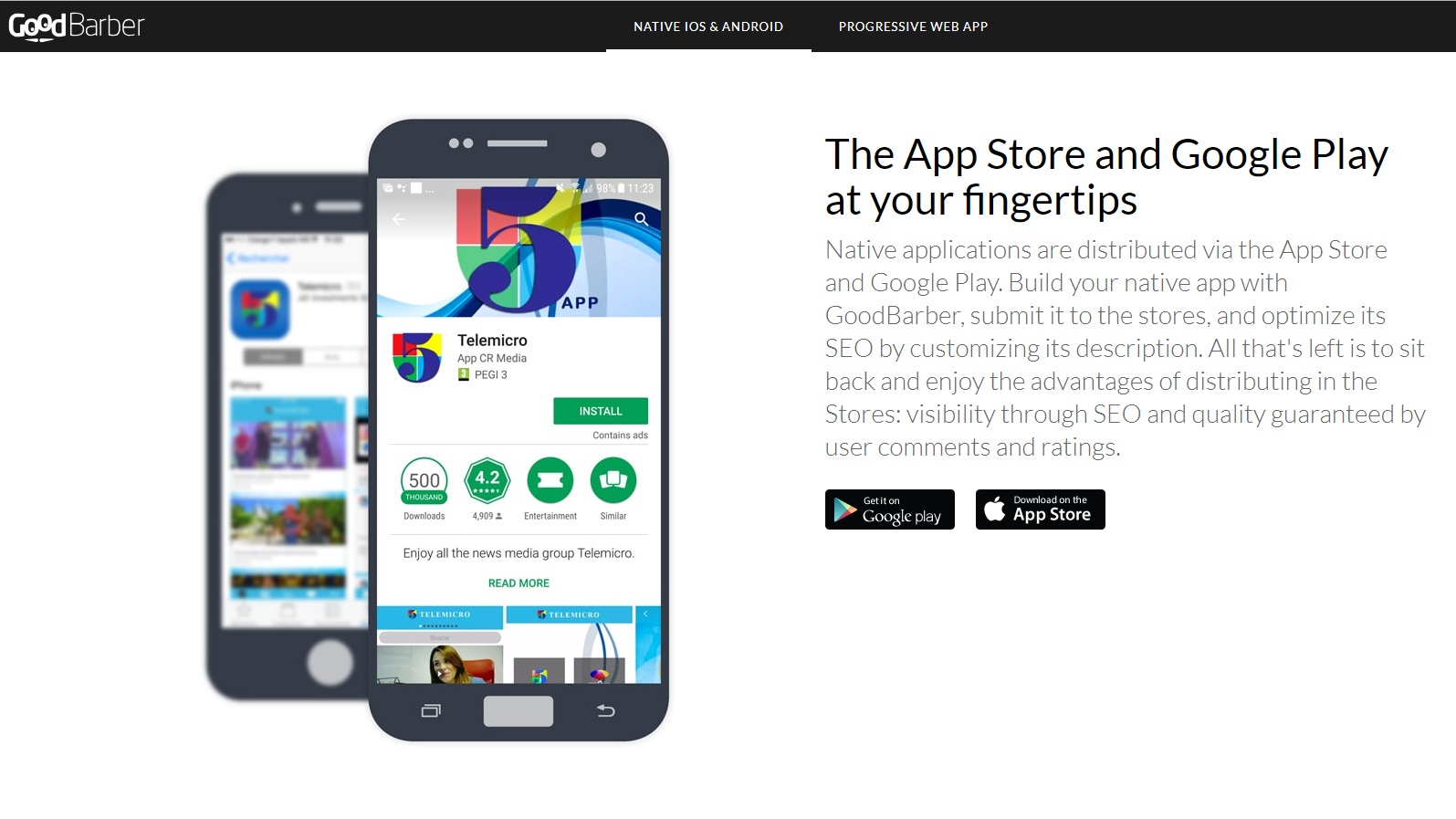Organizations have a need for new applications to support their services, hence the need for new development. In addition, there are challenges such as the speed of development and the ease of use in rolling out these new apps to users, including the related topic of app delivery. These apps range from large-scale software solutions across an entire enterprise or customer base, to a laser focused one, designed for a solitary purpose. Apps are a major market, and according to Statista are expected to reach sales of $188.9 (£145.1) billion for 2020, with anticipated growth annually of over 15%.
A large amount of time and resources can be put into a single application, with the goal of a great customer experience. In a Clutch survey of a dozen mobile development firms in 2015, with a hypothetical iPhone app, median cost estimates ranged from $37,913 (£29,131) to a high of $171,450 (£131,737). App development, like any other software, can be an unpredictable, and in too many cases, a prolonged process. Novices can easily get lost in creating the app, and this is why app development is often outsourced to the folks that specialize in this activity.
How are apps developed?
The first step in designing an app involves deciding what the app will do, and having a clear idea about what the app needs to be. After that, estimates for the time needed to develop an app vary, but generally are in the weeks, with one estimate for a total of 18 weeks, with 10 weeks on the back-end and 8 weeks on the front-end. Back-end activities include management of user accounts including passwords, integration of data with 3rd party websites such as social media, setting up the user experience, and designing app notifications. Front-end designing encompasses quality testing and optimizations, refinements to the user interface, data handling such as local caching to improve performance, and synchronization for use of the app offline.
The final activity after all of the back-end and front-end work is the deployment of the app. Deploying an app involves getting it placed into the iOS and Google Play app store. This involves a registration and approval process which does take some time and money to accomplish.

The cost of app development
The cost of developing an app is closely related to the complexity of the app, starting with if it will be developed for the web, iOS, Android, or a combination of all of them, and for tablet as well as smartphone platforms. According to ThinkMobiles, an app with no API (application programming interface) integration, standard UI components, and no back-end server is considered a simple one, and requires approximately 400 hours of development time. Moving up the scale, a moderate app contains custom UI features, tablet adaptation, can include a payment module, integration with an API, and a back-end server, and typically can require 500 to 800 hours of time to develop. At the top end is a complex app, which has multi-language support, integration with 3rd party apps, can feature custom animations, and require a more robust back-end server, which can take 800 to 1500 hours to develop. Also, gaming apps also typically require more hours to develop.
For serious app development, enterprises engage a commercial firm with experience so the process can proceed efficiently; after all a great way to lose customers is to have an app that is clunky or crashes their smartphone. An example of this is the award winning firm of Swenson He that claims to have written over 10 million lines of code. Based in California, it counts as their customers the virtual home assistant Simplehuman, a time saving physician app for Stanford Healthcare, and a Scotts Miracle Gro app to monitor weather reports and optimize lawn watering known as Gro Connect. Quite impressive is that it has created several apps that get five star reviews in their app stores, showing the value of hiring expertise for this complicated task.
The rise of no code apps
Not every enterprise, and in particular startup, can afford to hire a top tier firm to create the code to run their app. For those folks not afraid to get ‘under the hood’ on app development, there are many choices of software that with some know how can shoulder at least some of the heavy lifting. Analogous to lots of folks getting into website creation some years ago, now there is a trend towards creating apps in house. Keep in mind this is better suited for less complex apps for the novice app creator.

An example of app creation software is GoodBarber, which uses an online interface to create both iOS via Objective C and Android via Java apps. It claims over 30,000 apps published, fifteen years of experience, and the free 30-day trial certainly makes it risk free to take it out for a test drive.
While no coding skills are required, the feature set is quite long, and any app created remains the creator’s intellectual property, with only the user’s ads and branding. It is also hard to beat their ‘triple data backup,’ which includes a daily backup to three geographic locations. Apps are created via ‘drag and drop’ construction of widgets, into one of seven possible templates, and checked for compatibility on thirty different devices. Libraries of images, themes, fonts and icons allow for a custom look. More complicated app development is also supported, such as sign-ups and logins via the popular social media platforms of Facebook and Twitter, SMS notifications, discount coupons, loyalty programs, push notifications, and comments. Pricing for GoodBarber is available via a monthly subscription, with the Android Standard plan for $40 (£31) per month, and the iOS Premium plan at $115 (£89) per month, with discounts available with an annual subscription.
The rise and ever increasing importance of mobile platforms has shifted the conversation. While apps were originally just to extend the presence of the brand onto the smartphone, these days it is about creating a great customer experience on mobile, with the ultimate goal of penetrating new markets to increase sales.
- We also discuss DevOps in greater detail here

No comments